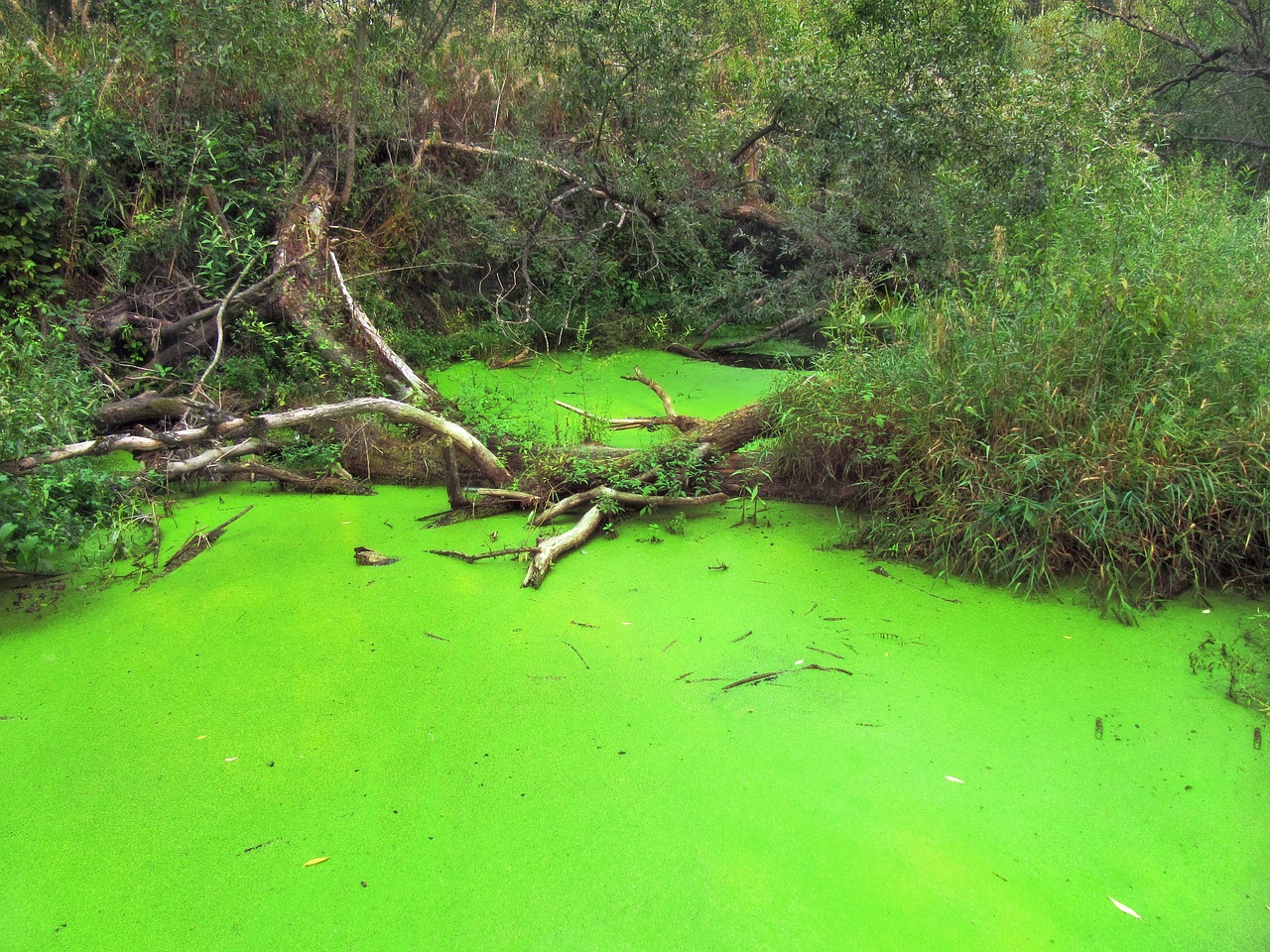 AS A ROCHESTER NY AREA POND OWNER, it is important to understand what harmful algae blooms are and why they are a major concern. Harmful algae blooms are the rapid growth of algae in ponds, which can be toxic to aquatic life, pets, and humans. Algae blooms can occur in any pond, regardless of size, location, or type. They are often caused by an excess of nutrients in the water, such as nitrogen and phosphorus, which promote the growth of algae.
AS A ROCHESTER NY AREA POND OWNER, it is important to understand what harmful algae blooms are and why they are a major concern. Harmful algae blooms are the rapid growth of algae in ponds, which can be toxic to aquatic life, pets, and humans. Algae blooms can occur in any pond, regardless of size, location, or type. They are often caused by an excess of nutrients in the water, such as nitrogen and phosphorus, which promote the growth of algae.
Why Harmful Algae Blooms (HAB) Are a Major Concern for Rochester Area Pond Owners
Harmful algae blooms can have a significant impact on the health and well being of Rochester and western New York pond owners and their pets. They can cause skin irritation, respiratory problems, and even death in humans and animals. Harmful algae blooms can also deplete oxygen levels in the water, leading to fish kills and other aquatic life losses. Furthermore, algae blooms can make ponds look unattractive, reducing their aesthetic value and potentially lowering property values.
Types of Harmful Algae Blooms
There are several types of harmful algae blooms that Rochester area pond owners should be aware of. One of the most common types is blue-green algae, which can produce toxins that are harmful to humans and animals. Other types of algae blooms include green algae, brown algae, and red algae. Each type of algae bloom has its own set of characteristics, and upstate New York pond owners should be able to identify them in order to take appropriate action.
Causes of Harmful Algae Blooms in Ponds
There are several factors that can contribute to the formation of harmful algae blooms in ponds. One of the main causes is an excess of nutrients in the water, which can come from a variety of sources, including fertilizer runoff, decaying organic matter, and animal waste. Warm temperatures and sunlight can also promote the growth of algae. Additionally, stagnant water and poor water quality can create the ideal environment for algae to thrive.
Prevention and Treatment Tips for Harmful Algae Blooms
Preventing harmful algae blooms requires a combination of proactive measures and reactive treatment. One of the most effective ways to prevent algae blooms is to maintain good pond hygiene. This includes removing decaying organic matter, controlling the amount of nutrients in the water, and ensuring proper water circulation. Pond owners should also avoid overfeeding fish and other aquatic animals, as excess food can contribute to the growth of algae.
In addition to preventative measures, there are several treatment options available for harmful algae blooms. One of the most common treatments is the use of algaecides, which are chemicals that kill algae. However, algaecides can also harm aquatic life and should be used with caution. A more preferred treatment option is the use of beneficial bacteria, which can help to break down organic matter and reduce the amount of nutrients in the water.
Pond Maintenance Practices to Prevent Harmful Algae Blooms
Maintaining good pond hygiene is essential for preventing harmful algae blooms. This includes regular cleaning and removal of decaying organic matter, such as leaves and dead aquatic plants. Pond owners should also avoid overfeeding fish and other aquatic animals, as excess food can contribute to the growth of algae. Additionally, it is important to monitor the water quality of the pond to ensure that nutrient levels are kept in check.
Natural Treatments for Harmful Algae Blooms
There are several natural treatments available for harmful algae blooms that are safe for aquatic life and the environment and work extremely well in the Rochester and Western New York area. One of the most effective natural treatments is the use of beneficial pond bacteria, which can help to break down organic matter and reduce the amount of nutrients in the water. Another natural treatment option is the use of barley straw, which can help to inhibit the growth of algae by releasing chemicals into the water.
Importance of Monitoring Pond Water Quality
Monitoring the water quality of the pond is essential for preventing harmful algae blooms. Pond owners should regularly test the water for nutrient levels, pH, and dissolved oxygen levels. This information can help to identify potential problems before they become too severe. Additionally, monitoring the water quality can help to ensure that any treatment options are effective and safe for aquatic life.
Rochester Pond Maintenance Experts
Harmful algae blooms are a major concern for pond owners, as they can have a significant impact on the health and well being of humans, animals, and aquatic life. Understanding the causes and types of algae blooms is essential for taking appropriate preventative and treatment measures. Maintaining good pond hygiene, monitoring water quality, and using natural treatments can help to prevent harmful algae blooms and ensure a healthy and attractive pond. As an Upstate New York pond owner, it is important to take an active role in maintaining the health and vitality of your pond to avoid harmful algae blooms.




